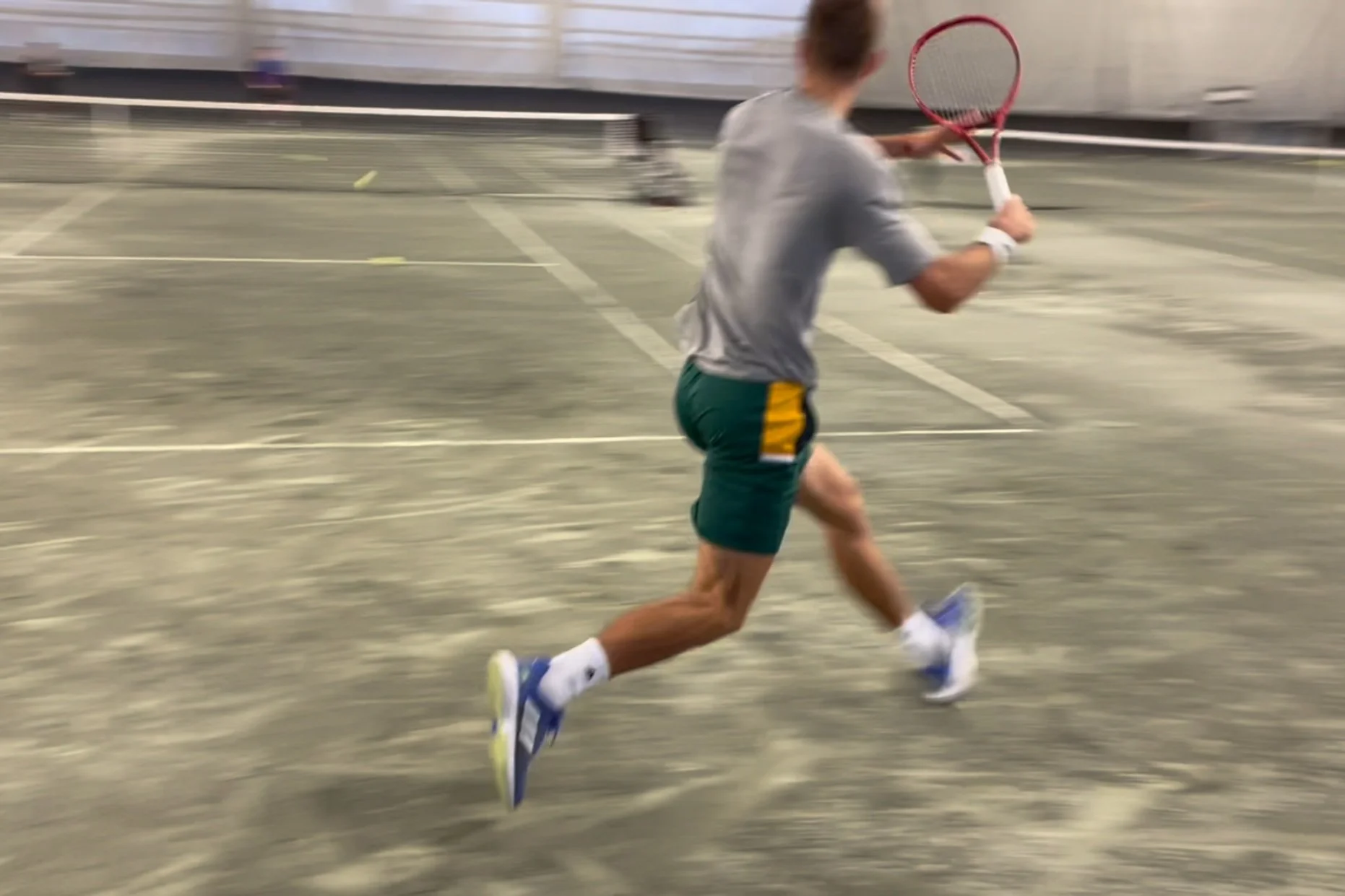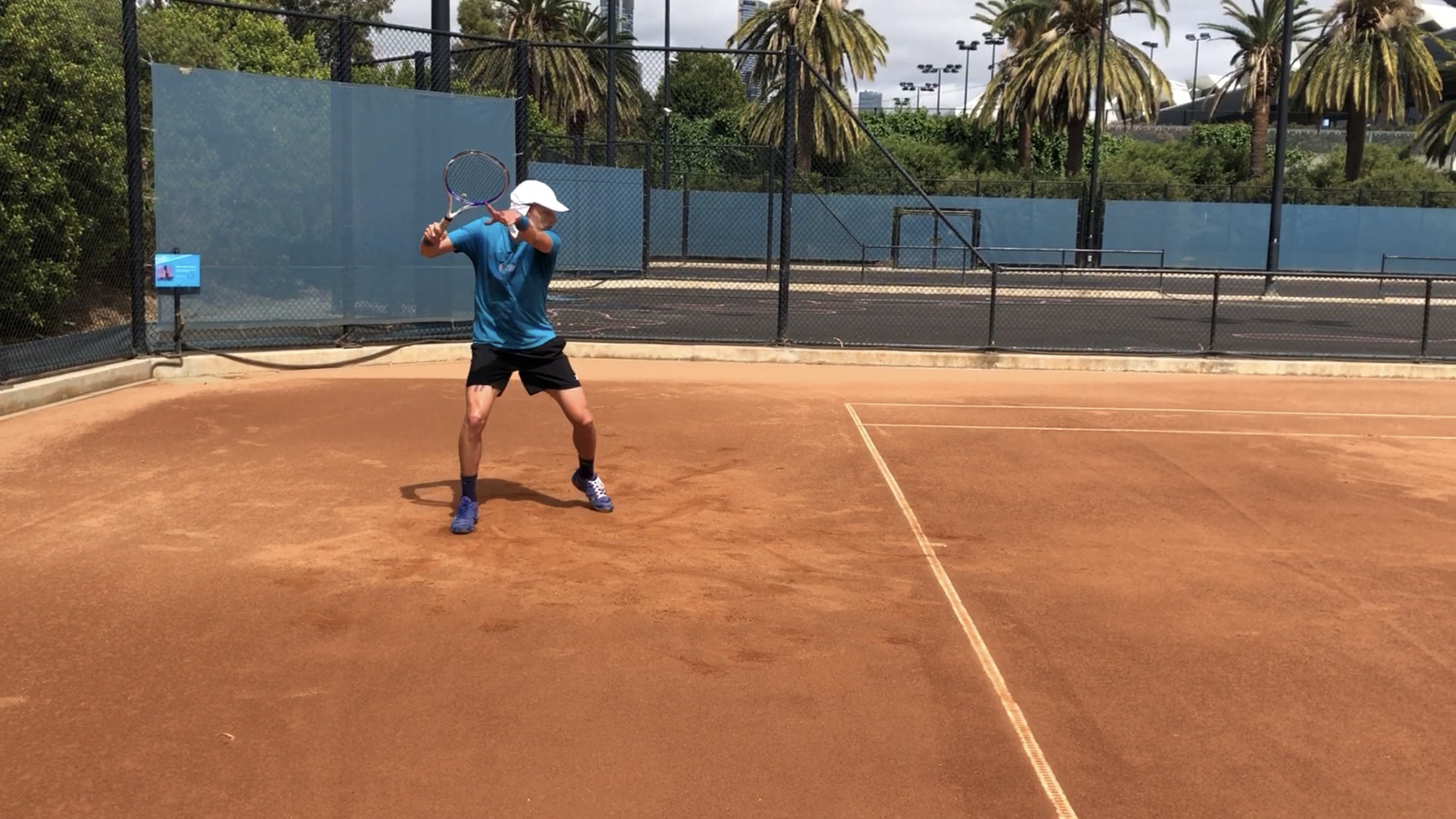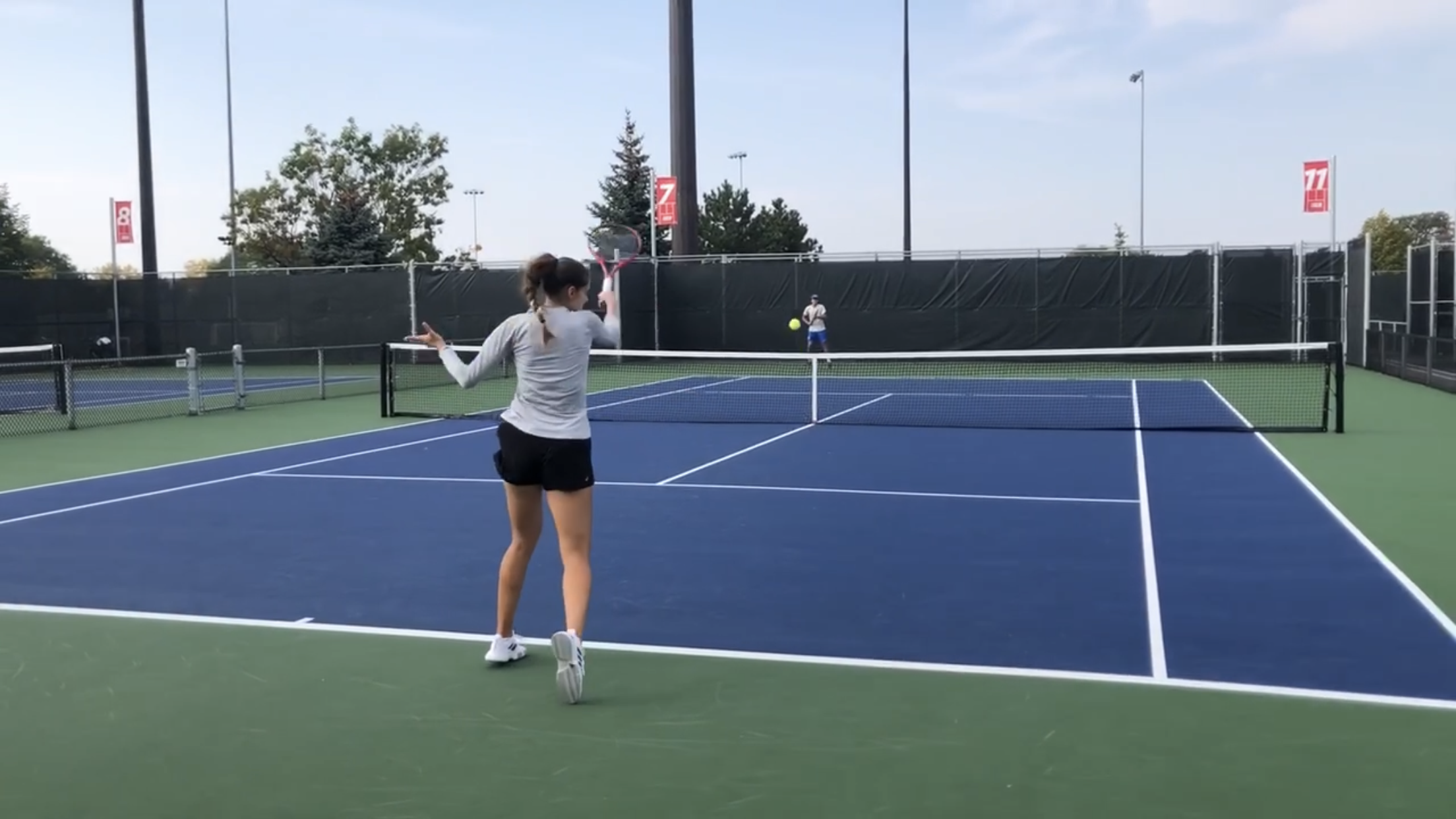A lot of instruction in tennis is coach-directed. And a lot of that is simply the addition of information. Whether positive or negative, this often includes verbal feedback, praise and prompting. There’s also non-verbal feedback like gesturing or modeling - in other words, the coach uses a bodily action to demonstrate what they are seeking from the player.
My take on this - it’s critical… but (and it’s a BIG but), it’s overdone….
I get a fair amount of questions sent my way on a weekly basis and this past week was no different. But I thought it would be best to share them on the blog for others to benefit from as well (especially given that the questions were quite good and very relevant to what I often hear from coaches and players).
Let’s get to them!
There are no shortages of training videos these days. Just open your Instagram or Facebook app and within seconds you’ll be inundated with more drills than you know what to do with.
The question is, will these drills help your tennis?
By this point, if you’re a tennis player, it’s no secret that you’re itching to get on the tennis court. Who wouldn’t be? It’s that time of year. Warmer weather. Flowers blooming. Outdoor tennis is around the corner.
Unfortunately, however, many players go about it the wrong way. Most, after a long layoff, are so eager to get back to the tennis court, they schedule multiple sessions that first week. Not only that, they’re so fired up that they hold nothing back. Running from side to side, hitting with that new found strength they’ve developed over the winter.
By this point, I think we’re beyond prescribing tennis players to run long and slow (at least I hope we are). If you want to understand why this is the case, I urge you to read through this post, as I outline how the energy systems work and interact with one another.
Yet we still need players to be able to endure tough points, tight sets and long matches. No question about it. So how do we do this?
While there was a lot of positive feedback from last week’s post on blocked vs. random practice, there was also a bit of confusion. I suppose the term ‘random’ can be a bit misleading. To clear the air, this week’s post will attempt to clarify the supposed dichotomy between blocked and random practice and offer a slightly different perspective to the argument. Furthermore, there are 2 other forms of practice - called ‘variable practice’ and ‘constant practice’, which can be influenced by both block and random approaches. Lastly, several examples of each practice type will be offered and described, along with the 'why' behind their use.
What if I could tell you the secret to successfully winning more points and being more in control of a match? Would you want to know? Of course you would! It’s not a secret but sometimes, we look past it, forget about it or take it for granted. You must know the road ahead, because if you know what’s coming next you have an incredible power called Anticipation. Anticipation is the ultimate advantage! The first step in increasing the power of anticipation is to realize and affirm the number one body part that you'll use to play tennis – your eyes. The skill of shifting the eyes from what you just did - striking the ball - to noticing the body position and the racquet position of your opponent, is a critical one. The main reason we lose points and get beat is we fail to anticipate what’s coming next.
If you’re anything like me, you may often marvel at the game’s best players. As an observer, I often ask myself, "how do they make it look so easy?" Many of us probably wonder if it's possible for anyone to play at that level. Or if you’re a coach, you wonder if you can ever get an athlete to that level. Just for the record, I don’t believe in talent. Even considering the dominance (and brilliance) of players like Federer, Nadal and the Williams sisters. They all practiced (and practiced and practiced). This isn’t just opinion based, rather, it’s derived from a new-ish branch of motor learning called 'the science of expertise'.









